Is this a fungus among us?
iamsaturdayswarrior
11 years ago
Featured Answer
Sort by:Oldest
Comments (26)
greenlarry
11 years agoiamsaturdayswarrior
11 years agoRelated Professionals
Fort Lee Landscape Architects & Landscape Designers · Hershey Landscape Architects & Landscape Designers · Paradise Landscape Architects & Landscape Designers · Wilmington Landscape Contractors · Berkeley Heights Landscape Contractors · Beverly Hills Landscape Contractors · Dallas Landscape Contractors · Framingham Landscape Contractors · Golden Gate Landscape Contractors · Louisville Landscape Contractors · Manhattan Landscape Contractors · Pompano Beach Landscape Contractors · Saint George Landscape Contractors · Setauket-East Setauket Landscape Contractors · Tigard Landscape Contractorsgreenlarry
11 years agotapla (mid-Michigan, USDA z5b-6a)
11 years agoiamsaturdayswarrior
11 years agotapla (mid-Michigan, USDA z5b-6a)
11 years agogreenlarry
11 years agogreenlarry
11 years agomeyermike_1micha
11 years agotapla (mid-Michigan, USDA z5b-6a)
11 years agoiamsaturdayswarrior
11 years agotapla (mid-Michigan, USDA z5b-6a)
11 years agotapla (mid-Michigan, USDA z5b-6a)
11 years agogreenlarry
11 years agotapla (mid-Michigan, USDA z5b-6a)
11 years agogreenlarry
11 years agoaseedisapromise
11 years agotapla (mid-Michigan, USDA z5b-6a)
11 years agoiamsaturdayswarrior
11 years agotsugajunkie z5 SE WI ♱
11 years agotsugajunkie z5 SE WI ♱
11 years agosilentsurfer
11 years agoLoveplants2 8b Virginia Beach, Virginia
11 years agogoren
11 years agoTiffany, purpleinopp Z8b Opp, AL
11 years ago
Related Stories

CONTEMPORARY HOMESHouzz Tour: Stunning Curved Architecture Rises Among the Trees
You can see the love of nature and organic shapes at first glance. Look more closely at this Wisconsin home and you’ll also see amazing flow
Full Story
HOUZZ TOURSMy Houzz: Curve Appeal Among the Trees
A fan-shaped midcentury home in Pittsburgh is so admired, it’s now a home-tour stop
Full Story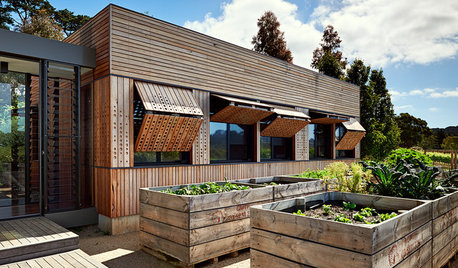
KIDS’ SPACESHouzz Tour: A Supersize Playhouse Among the Vineyards
An Australian couple build a pavilion for their visiting grandchildren that embraces fun, practicality and surprise
Full Story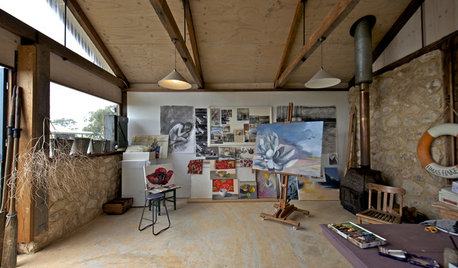
STUDIOS AND WORKSHOPSHouzz Call: Show Us Your Hardworking Studio!
Upload a photo of your home studio or workshop and tell us how you’ve designed it to work extra hard for you
Full Story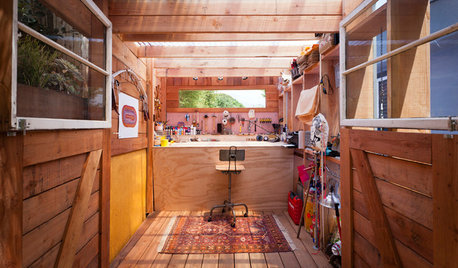
GARDEN SHEDSHouzz Call: Show Us Your Hardworking Garden Shed!
Upload a photo of your backyard shed or greenhouse and tell us how it works for you
Full Story
HOLIDAYSHouzz Call: Show Us Your Holiday Mantel
Do reindeer prance or lights dance above your fireplace during the holidays? Share your decorated mantel with us
Full Story
FUN HOUZZHouzz Call: Tell Us About Your Dream House
Let your home fantasy loose — the sky's the limit, and we want to hear all about it
Full Story
HOLIDAYSHouzz Call: Show Us Your Decorated Holiday Mantel
Share your festive fireplace stylings with the Houzz community in the Comments!
Full Story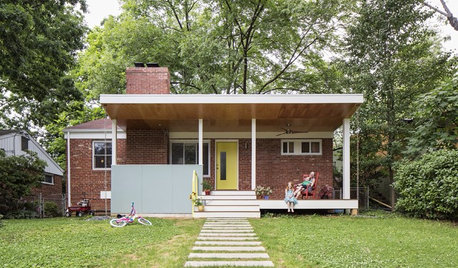
FEEL-GOOD HOMEWhat Really Makes Us Happy at Home? Find Out From a New Houzz Survey
Great design has a powerful impact on our happiness in our homes. So do good cooking smells, family conversations and, yes, big-screen TVs
Full Story
FUN HOUZZGuessing Game: What Might Our Living Rooms Say About Us?
Take a shot on your own or go straight to just-for-fun speculations about whose homes these could be
Full Story





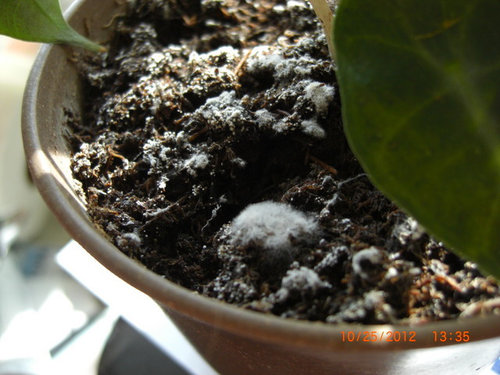

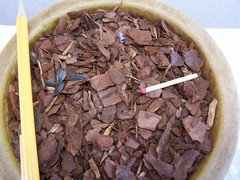
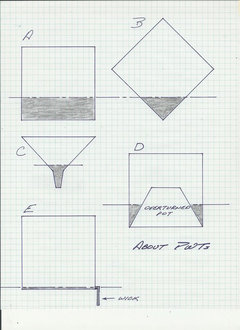
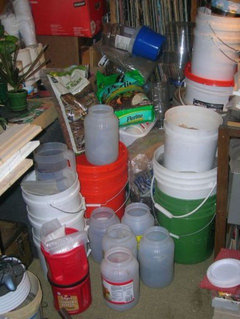


tapla (mid-Michigan, USDA z5b-6a)